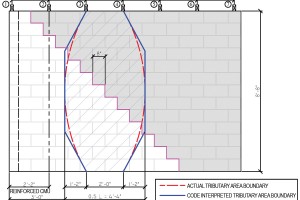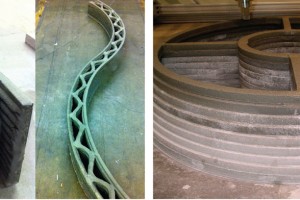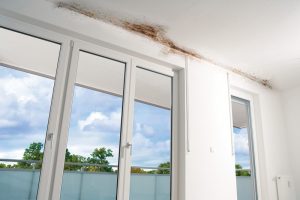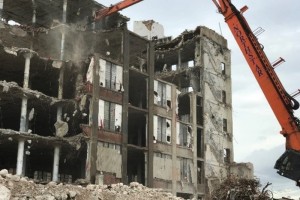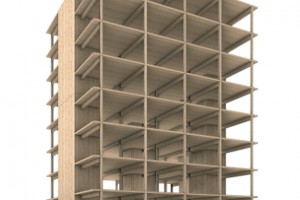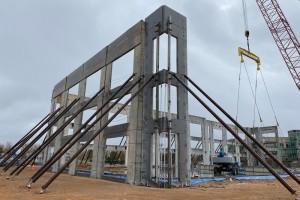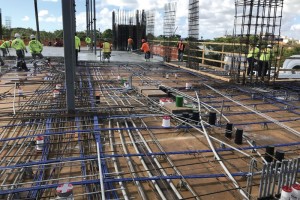Unreinforced CMU Wall with Diagonal Step Crack
Modern CMU construction almost always requires the installation of vertical reinforcement in the grouted cells of the CMU. However, addressing structural issues associated with unreinforced CMU construction prevalent prior to the 1990s can be daunting. In the author’s experience, today’s engineers do not know how to deal with, or adequately investigate, diagonal cracks in unreinforced CMU walls. …

